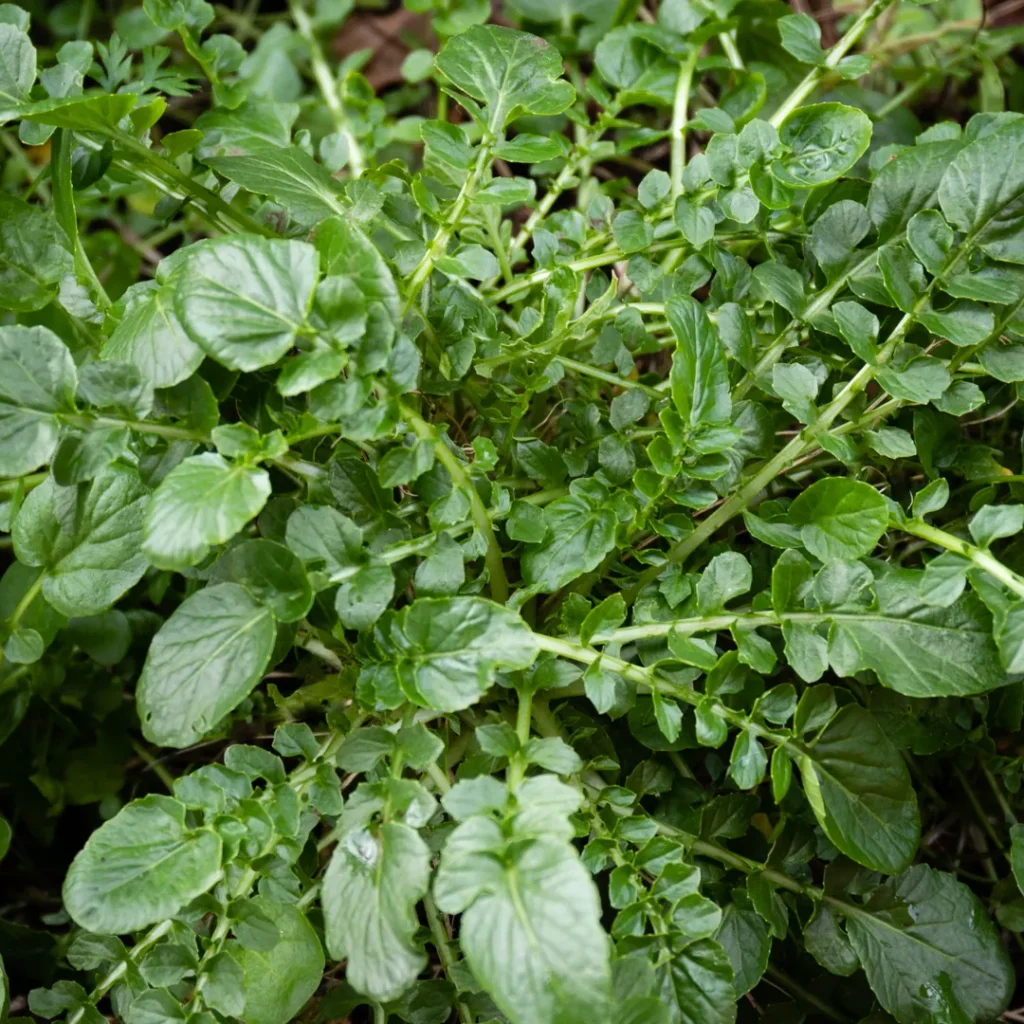
Description
This is a delicious spicy green vegetable. Sometimes called Upland Cress. Like watercress, but naturally needs less water to develop; if the soil is too dry, the leaves turn bitter. Rosettes of glossy, dark green leaves have a peppery flavor similar to that of radish or rocket and are excellent on salads and sandwiches.
Habitat
Although land cress is indigenous to Western Asia and Southern Europe, they have expanded and become naturalized in various regions of the world. Since the 17th century, it has been grown as a leafy vegetable in the UK.
Uses
It is a good source of potassium, calcium, iron, vitamin C, and vitamin A. Additionally, it has nutritional fibers, which supports healthy digestion. Furthermore, antioxidants found in land cress can help shield the body from harm caused by free radicals and lessen inflammation.

Varieties
Barbarea verna and Barbarea vulgaris are the two varieties of land cress. It’s quite simple to grow this plant.
Plant Care
- Soil
Land cress is a very adaptable plant that grows well in pots. Although it is not picky about soil and may be planted in sandy, loamy, or even clay soils, well-draining soil is ideal and will promote the plant’s growth. The ideal pH range for land cress is between 6.0 and 6.8, therefore check your pH and make any necessary amendments.
- Water
Land cress prefers damp soil and requires frequent irrigation at the base of the plant. It also needs space to grow, so clear the area around it of weeds and cover the soil with a thick layer of mulch to keep it moist. It must be closely monitored during the summer’s drier months.
- Fertilizer
Proper soil preparation usually eliminates the need for feeding; nevertheless, if plants appear to be having difficulty, a little amount of organic fertilizer should be given.
Table





